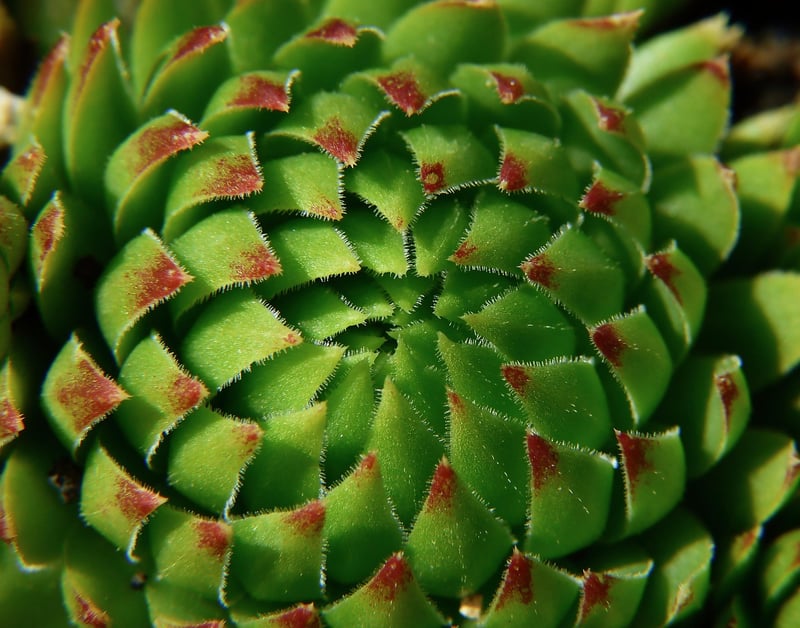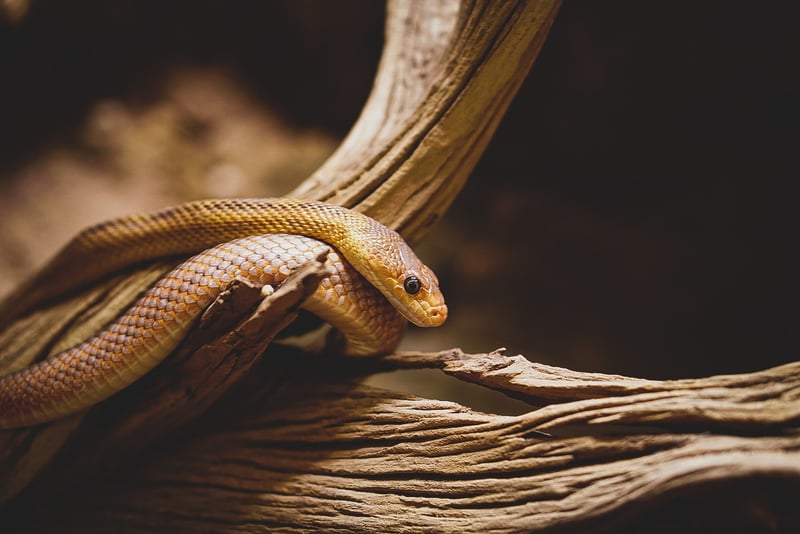Light Requirements
Plant Care Guide: Understanding Light Requirements
Introduction
Welcome to our plant care guide! Understanding the light requirements of your plants is crucial for their growth and health. Different plants have varying needs when it comes to light exposure, so it's essential to provide the right amount of light for them to thrive.
Types of Light
Before delving into specific plant light requirements, it's helpful to know about the different types of light:
- Direct Sunlight: Intense, bright light that comes from direct exposure to the sun. Ideal for sun-loving plants.
- Indirect Light: Light that is filtered or diffused, such as light coming through a sheer curtain. Suitable for plants that prefer moderate light.
- Low Light: Dim light conditions typically found further away from windows or in shaded areas. Best for plants that thrive in low-light environments.
Plant Light Requirements
Now, let's explore the light requirements of different types of plants:
Sun-Loving Plants
Plants that thrive in direct sunlight require at least 6 hours of sunlight per day. Examples include succulents, cacti, and most flowering plants.

Medium Light Plants
These plants prefer indirect light and can tolerate some direct sunlight. They typically need 4-6 hours of light daily. Examples include pothos, spider plants, and peace lilies.

Low Light Plants
Plants that thrive in low light conditions can survive with minimal sunlight exposure. They are suitable for areas with little to no natural light. Examples include snake plants, ZZ plants, and ferns.

Tips for Light Management
- Rotate your plants regularly to ensure even light exposure on all sides.
- Monitor your plants for signs of sunburn (brown or crispy leaves) or etiolation (stretching towards light).
- Use artificial grow lights for plants that require more light than your space can provide naturally.
By understanding and meeting the light requirements of your plants, you can create a thriving indoor garden that brings beauty and vitality to your space.
